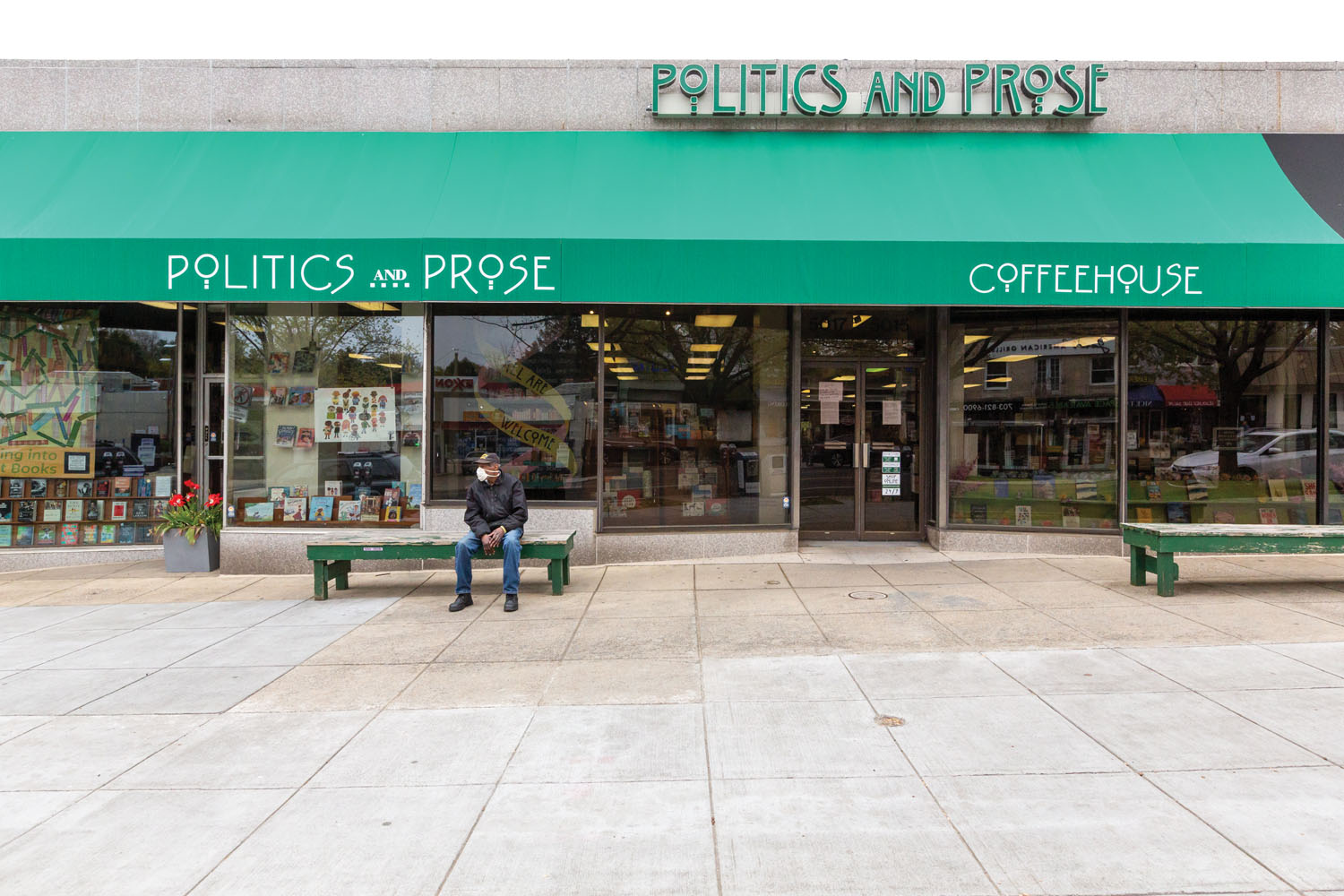Image


You should really subscribe now!
Or login if you already have a subscription.
María Luz Bravo is a Mexican photographer with a degree in architecture and an MA in new media photojournalism from the Corcoran School of the Arts and Design. She lives and works between Washington, DC, and Mexico City.